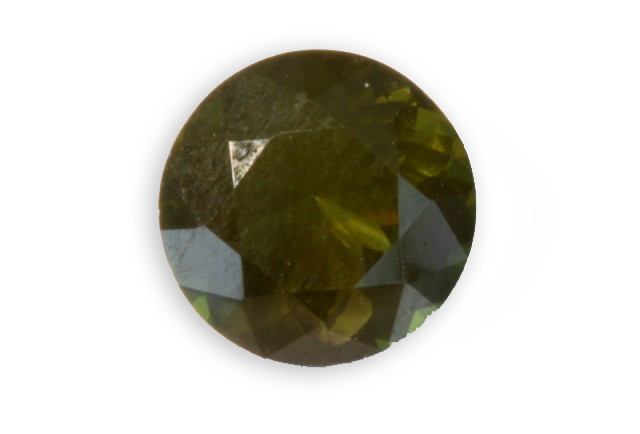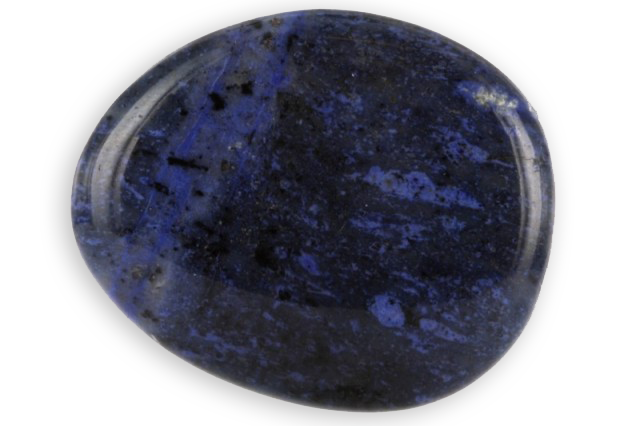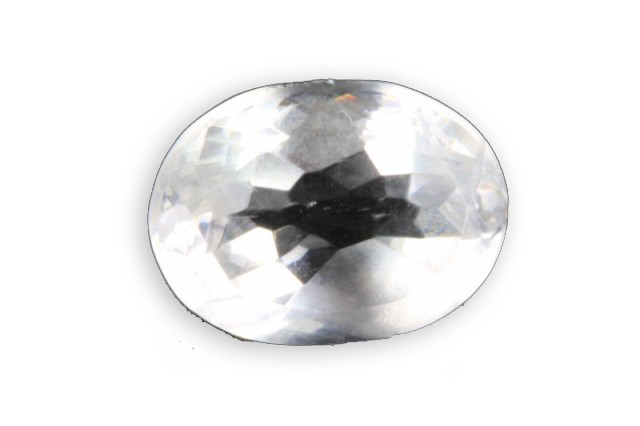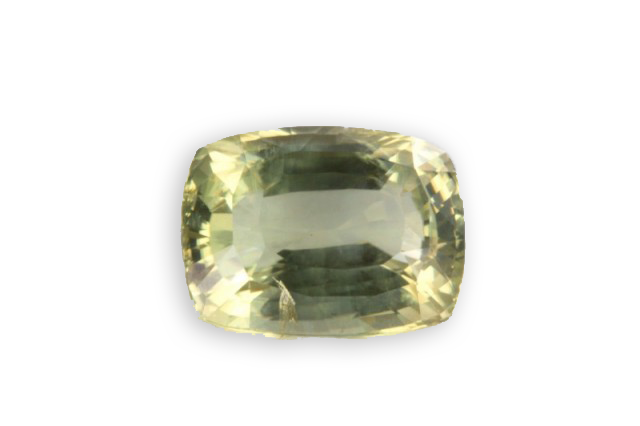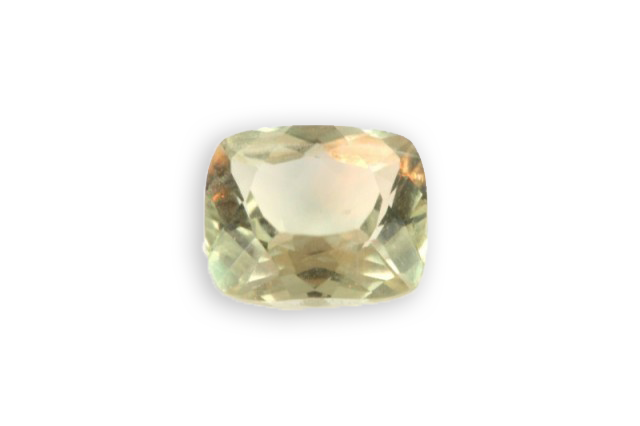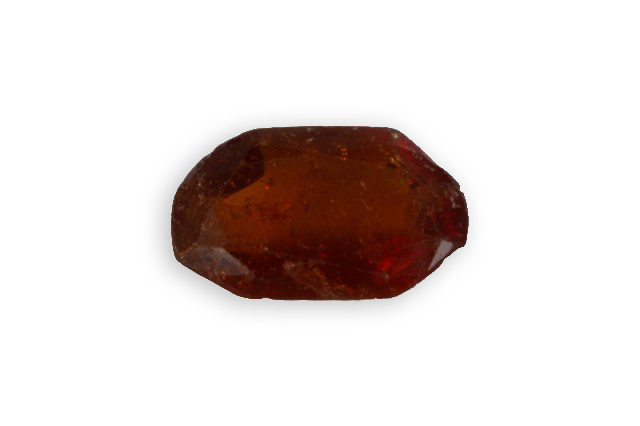
eosphorite
Its name comes from the Greek, defining the pink color at the arrival of dawn. Its chemical formula is very close to the childrenite, which is yellow-brown because iron dominates, while for éosphorite it is manganese which dominates and gives the pink color.

